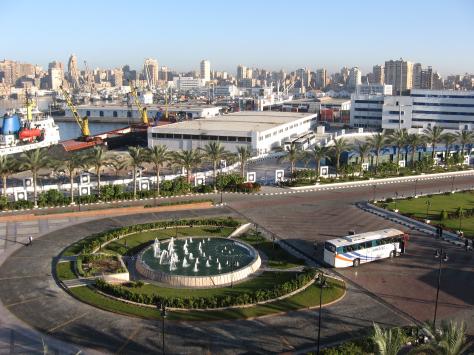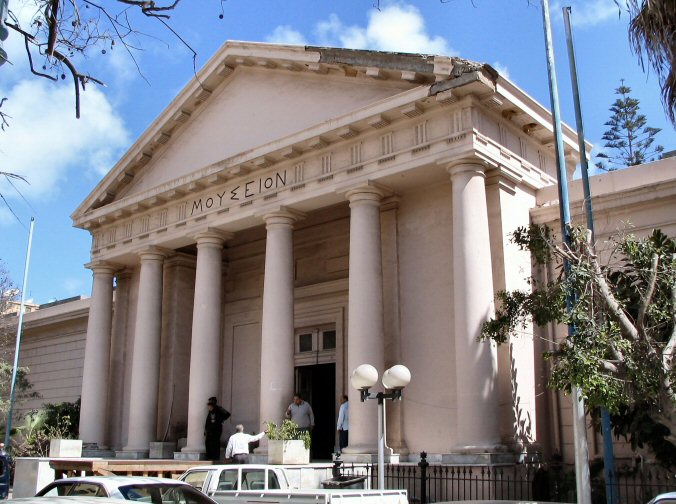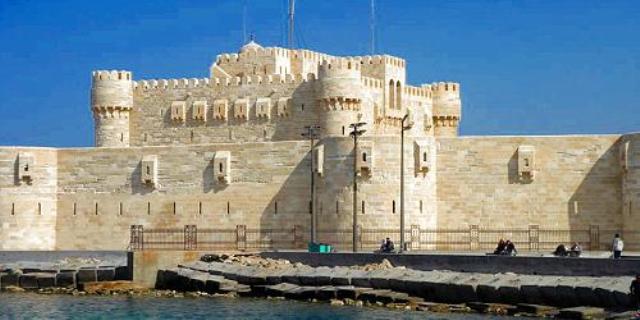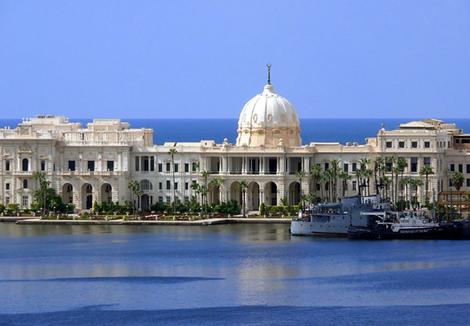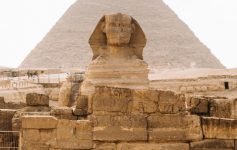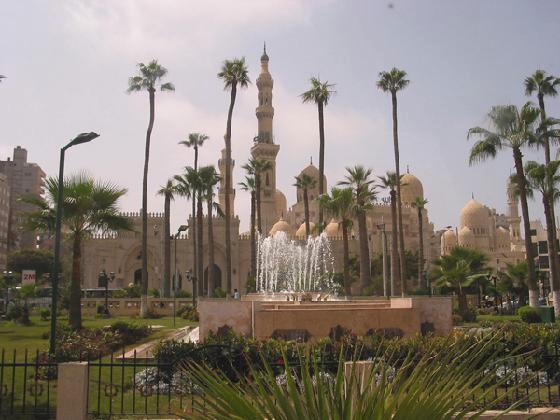 In 2010, the tourism capital of the Arabic world is going to shift its location to Alexandria, the ancient trade and cultural city, founded by Alexander the Great. The Alexandrians already began a series of festive events dedicated to this event this Wednesday and it attracted a lot of attention to the place from various journals and magazines.
In 2010, the tourism capital of the Arabic world is going to shift its location to Alexandria, the ancient trade and cultural city, founded by Alexander the Great. The Alexandrians already began a series of festive events dedicated to this event this Wednesday and it attracted a lot of attention to the place from various journals and magazines.
The modern city of Alexandria is more known and visited by tourists from Arabic countries due to the fact that it’s right next door and except the modern city has a lot of typical creations of Arabic countries. Although such an ancient and significant for the European cultural city can not avoid attracting travelers from Russia and Europe.
Alexandria can be called a magnificent city; there is everything to ensure that the city will become one of the most popular tourist destinations in the world. This long list includes various historical monuments of different civilizations, beautiful scenery, sea, clean air and significant cultural sites, such as the famous Library of Alexandria. This is the things which not only magnetize history lovers but those who wish to witness the creations of the ancient civilizations.
That’s the main reason why the city administration keep themselves busy doing a mixture of preparations. They are arranging the embankment and main streets of the city, restoring facades of historic buildings, already restored Greco-Roman Museum, which stores more than 30 thousand exhibits of ancient cultures. An important step in the return of the ancient Alexandria to the 21st century, the status of historically and culturally significant city was the restoration of the Alexandrian Library, which will soon be reopened to the curious visitors. This is simply an exclusive chance to be able to visit this building where you can observe the high level of literacy of the ancient generations.
The authorities are also planning to make some additional recoveries such as restoring Faroese lighthouse, one of the ancient wonders of the world. Faroese lighthouse was built in the III century BC and helped the reefs, the ships passing on the way to Alexandria. The total height of the lighthouse reached 120 meters, and its light was visible to ships at a distance of more than 60 kilometers. For its time it was an outstanding civil engineering and that’s why it stood almost 1000 years. This lighthouse became an inspiration for a range of companies which were using it’s symbol as a long-lasting energy-saving feature.
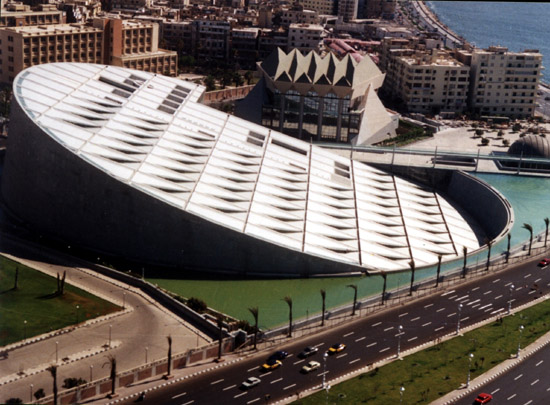
Another treasure is hidden under the waters of Alexandrian Bay. All in all, in fact, it’s a huge archaeological monument. The first steps towards the discovery of the complex were made here in 1911. In the early 90-ies of the XX century, the French archaeologist Franck Goddy found in under water Gulf three royal palace of the Ptolemaic dynasty, the temple of Poseidon, a lot of statues and jewelry, the remains of Roman and Greek ships. Some of the exhibits were raised and shipped to different museums of the world, but most of all antiquities and architectural treasures are only available for underwater sightseers. Isn’t it amazing having treasures both on the surface and underwater?
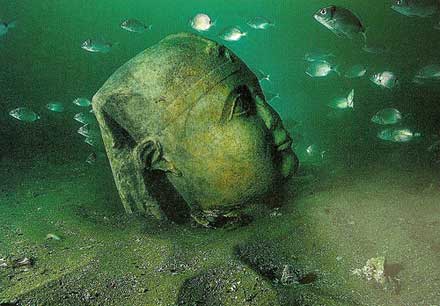
Archaeologists have proposed to organize an underwater museum in Alexandrian Bay, where sightseers could pass the all important buildings and monuments of the metropolis on the transparent plastic pipes laid on the seabed at a depth of 6-8 meters. And in the ground part of the museum would be placed up from the bottom of the findings and models with the reconstruction. The main technical challenge of creating an underwater museum lies in the cost of the project: in order to bypass the territory of the city, it will require hundreds of meters of pipes. The waves of the bay are full of silt and the visibility is very bad there, and therefore, to inspect the monument, you need to come close enough to the place. In addition, buildings and sculptures need to be cleaned every three months.
This means that the city might need to make the advertisements of the place in a way so that the tourist flow will not stop coming to the place all year round. This will be the only way to get paid for all of the effort put on the making the underwater museum project into a reality.
The overall project of making the city into a tourism centre will help Egypt to fulfill the budget of the country which was having significant decrease during the last few years. The thing is that the tourist flows are increasing in the places where the tourists can enjoy their free time while having a lot of fun in discos, bars and beaches, while the historical monuments are either being avoided or being ruined as it’s the case in some countries.
Today, Alexandria – the second largest city of Egypt, after the capital of the country Cairo, and has a population of 5 million people. The raise of the tourism in the place will help the inhabitants of the city to get some money- when both being included in the jobs associated with the historical sight or try to offer their own services and products to the tourists.
Recall we might say that there are a lot of modern hotels, excellent restaurants and get infrastructure built especially for the tourism, which means that tourists will never get bored here. The city plans to attract more European travelers, in particular, for this tour agencies had specifically written and published guidebooks on the main historical monuments of Alexandria, in French and English languages, which can be purchased at the local newsstands.
Except this fact they are going to distribute the information about this awesome opportunity to the representatives of different countries. To do so Egypt plans to deliver brochures to the Embassies of those countries and the most popular travel agencies.
Earlier the sight didn’t have enough visitors- it was about 13 million foreign tourists in 2009, out of which 2 million tourists were Russians. This is not a large amount of people, thus the changes will also influence the tourist flows.
